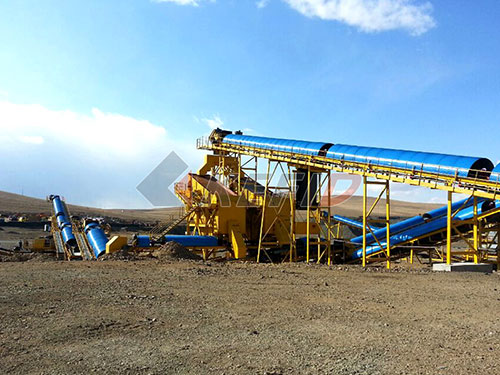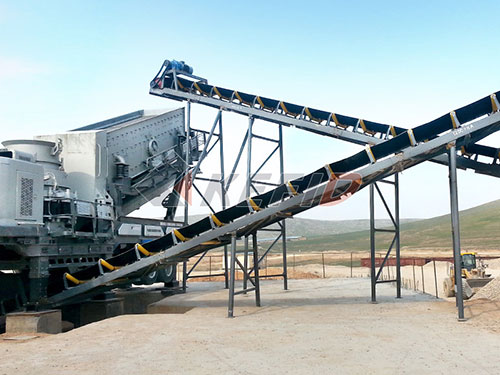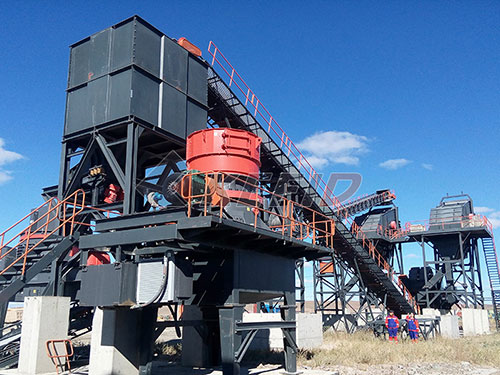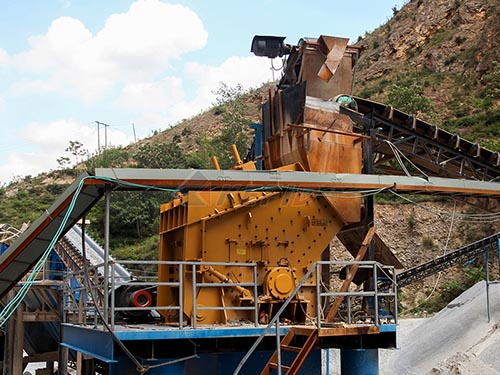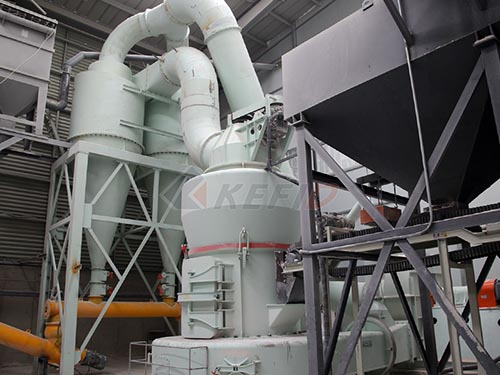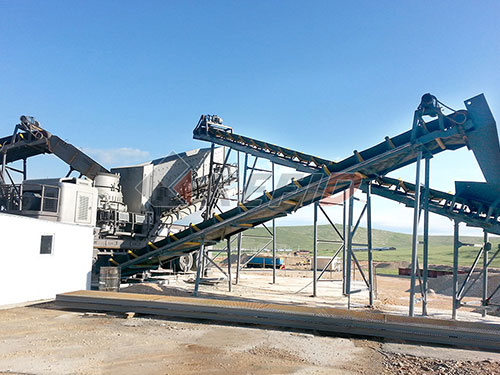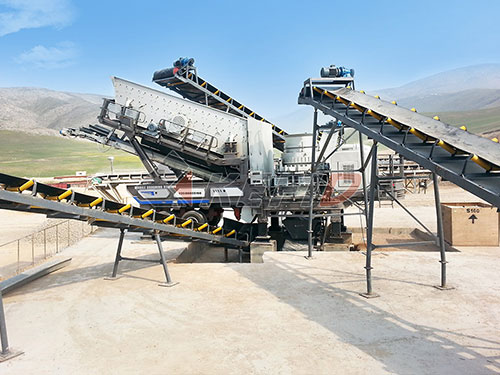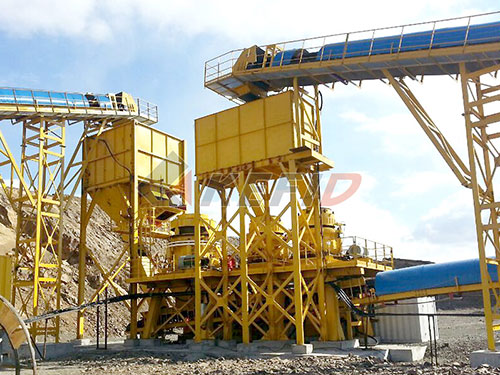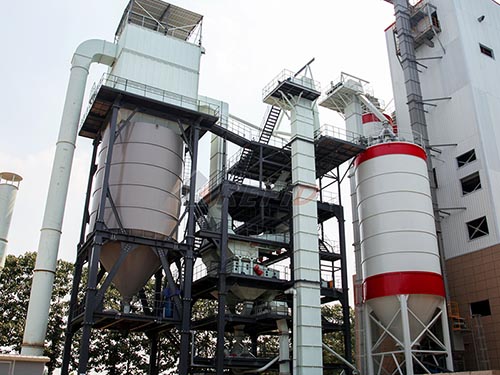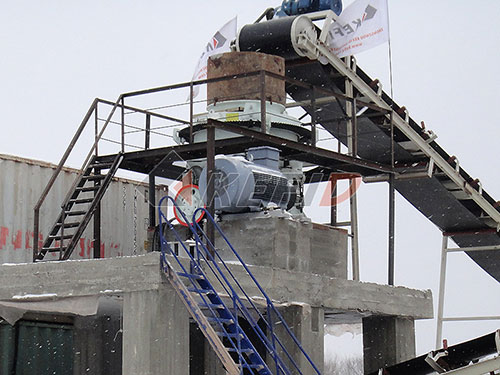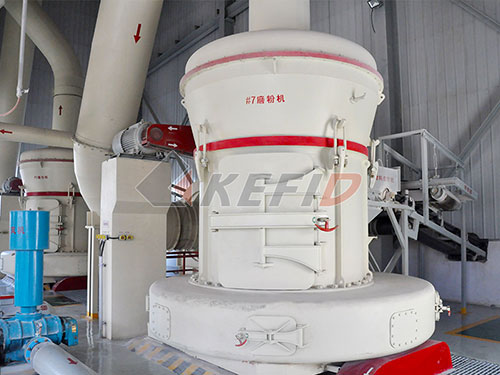The Enduring Workhorse: Unveiling the Legacy of the 5 1/2′ Symons Cone Crusher
In the demanding world of aggregate production and mineral processing, reliability and proven performance are paramount. Among the pantheon of crushing equipment, few designs have achieved the legendary status and enduring relevance of the Symons Cone Crusher, particularly its widely utilized 5 1/2 Foot model. This machine represents a cornerstone technology whose fundamental principles continue to influence modern cone crusher design decades after its introduction.

Engineering Excellence: The Symons Principle
The hallmark of the Symons cone crusher lies in its robust mechanical design centered around a fixed shaft concept. Unlike contemporary designs often relying on hydraulics for tramp release and adjustment, the classic Symons employs a powerful spring release system. This system protects the crusher from catastrophic damage caused by uncrushable material entering the crushing chamber (“tramp iron”). When excessive force builds up, springs compress, allowing the mainshaft assembly to lift slightly, increasing the discharge opening and ejecting the uncrushable object before safely resetting.
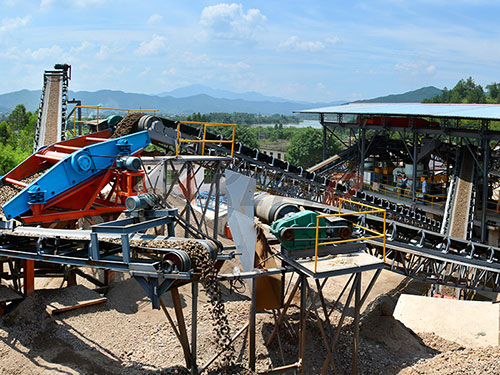
The crushing action itself is achieved through an eccentric motion. The mainshaft rotates within an eccentric bushing assembly housed in a sturdy bottom shell. This rotation causes the crushing head (mantle), mounted atop the mainshaft, to gyrate against a stationary concave liner set within the top shell. Material fed into the top is progressively crushed as it travels down through a defined parallel zone – a section where mantle and concave run parallel – ensuring consistent size reduction before exiting at the bottom discharge point.
The Significance of Size: The 5 1/2′ Model
The designation “5 1/2 Foot” refers to the nominal diameter of the crushing head mantle at its widest point (approximately 66 inches or 1676 mm). This mid-range size positioned it perfectly as a versatile workhorse:
1. Secondary Crushing Powerhouse: It excelled as a secondary crusher after primary jaw crushing or large gyratory units, taking coarse feed (typically up to ~230mm / 9″) and reducing it efficiently to intermediate sizes suitable for further tertiary crushing or final product.
2. Tertiary Capability: With appropriate liner selection (finer profiles), it could also perform effectively as a tertiary crusher for producing well-shaped aggregates or finer sands.
3. Versatility: Its robust construction allowed it to handle various materials – from hard granite and


